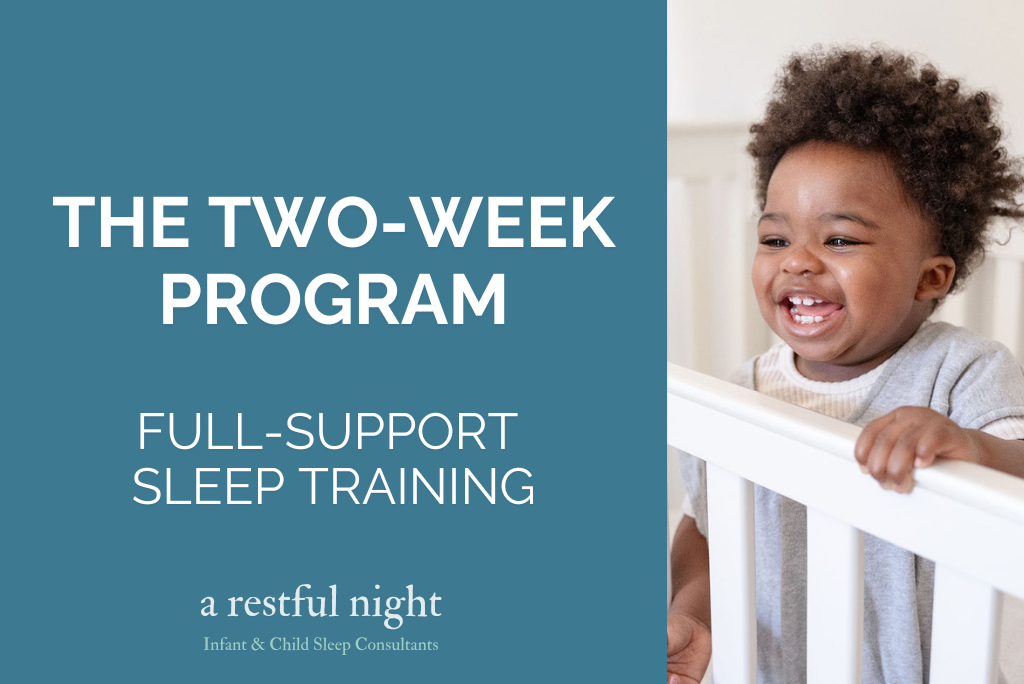Spring Forward: Helping Your Child Adjust to Time Change
It’s that time of year again—yes, we’re still doing this! The clocks are springing forward, and while the extra sunlight in the evenings is a welcome shift, it can also disrupt our bodies, making it harder to fall asleep and leaving little ones feeling groggy and cranky in the morning.
The good news? This is the easier of the two time changes! While adjusting to the clocks shifting forward by an hour can present challenges for both adults and children, with a few simple strategies, your child can adjust smoothly to the new routine. Here's everything you need to know about helping your child navigate this springtime shift.
What to Expect During the Time Change:
The shift in time can have a noticeable impact on both children and adults. While the spring forward brings longer evenings and more sunlight, it can also disrupt your body’s natural rhythm, leading to a few common challenges, most notably your child may experience difficulty falling asleep at bedtime and feeling cranky or groggy in the morning as their body adjusts.
How to Prepare for Spring Time Change
Unlike the fall time change, where you might need a bit more adjustment time, the spring time change is generally easier for most families. Still, a little preparation goes a long way in making the transition as smooth as possible for both you and your child.
✅ Adjust naps if needed – On Saturday (the day before time change - or March 8th this year), some parents choose to shorten naps or skip that last cat nap (for babies on 3+ naps) and opt for an earlier bedtime to help make the transition more gradual.
✅ Check your “okay to wake” clock – If you’re using one, adjust the settings the night before so everything is in sync with the new time. You already know, we adore the @hatch and it’s built in white noise machine.
✅ Install blackout curtains – With the sun setting later, darkening the room can help your child settle at bedtime. We recommend using blackout curtains year round - not just during this transition!
The Day After: Handling the Transition
Okay, so you didn’t prepare… no worries! On Sunday morning, your child’s 7:00 AM wake-up will feel like 6:00 AM to their body—so expect a bit of grogginess!
Here’s how to help them adjust:
☀️ Start the day on schedule – It may be tempting to let them sleep in, but limiting extra sleep to just 15–20 minutes will help them adapt faster.
🌳 Get outside – Sunlight and fresh air help regulate the body’s internal clock and make the transition easier. Try to get your child out 30 minutes in the morning and 30 minutes in the afternoon.
🍽 Stick to the new schedule – Get right onto the new time for meals and naps rather than making gradual adjustments. It’s only an hour and the quicker you jump ahead the faster your child will adjust!
😴 Consider an early bedtime – If your child is struggling that first night, an earlier bedtime can help ease them into the new rhythm.
Your takeaway?
Don’t sweat it! While there may be a few cranky moments, most children adjust within a few days. Consistency, sunlight, and a little patience go a long way in making the transition smoother for everyone!
Are your sleep struggles bigger than time change? Book your complimentary consultation call today to find out how we can help!
Meg O'Leary is an Infant and Child Sleep Expert and the founder of A Restful Night. Based in Westchester County, NY, she leads a team of certified sleep coaches to provide virtual support to families across the US and around the world.





